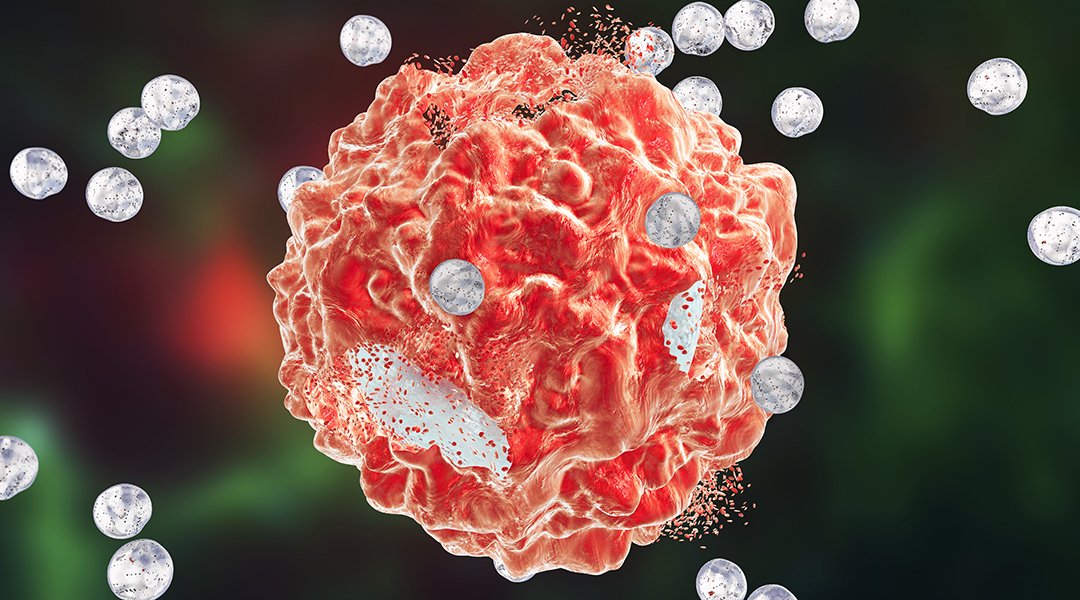In the vast landscape of medical research, one area stands out for its promise in revolutionizing cancer treatment: nanoparticles. These tiny particles, invisible to the naked eye, are making big waves in the fight against cancer cells, offering new hope in the battle against this formidable disease. But what exactly are nanoparticles, and how do they interact with cancer cells on a cellular level? Let’s delve into the intricacies of this cutting-edge technology.
Nanoparticles: The Mighty Minuscule Marvels
Nanoparticles are minuscule particles that measure anywhere from 1 to 100 nanometers in size. To put that into perspective, a nanometer is one-billionth of a meter, making nanoparticles thousands of times smaller than the width of a human hair. Despite their tiny stature, nanoparticles possess remarkable properties that make them incredibly versatile tools in various fields, including medicine.
Cancer Cells: The Rogue Agents
Cancer cells, on the other hand, are the renegades of the cellular world. Unlike normal cells, which grow, divide, and die in a controlled manner, cancer cells undergo uncontrolled growth and proliferation. This unchecked behavior allows them to form tumors, invade surrounding tissues, and spread to distant parts of the body, a process known as metastasis. The ability of cancer cells to evade the body’s natural defense mechanisms makes them particularly challenging to treat.
The Role of Nanoparticles in Targeted Therapy
One of the most promising applications of nanoparticles in cancer treatment is targeted therapy. Traditional cancer treatments, such as chemotherapy and radiation therapy, often have harmful side effects because they can damage healthy cells along with cancerous ones. Nanoparticles, however, can be engineered to specifically target cancer cells while sparing healthy tissue, minimizing side effects and improving treatment outcomes.
Navigating the Cellular Landscape
To understand how nanoparticles target cancer cells, let’s take a closer look at the cellular landscape. Within the body, cells communicate with each other through a complex network of signaling molecules, including proteins. Proteins play a crucial role in various cellular processes, acting as messengers, enzymes, and structural components.
The Dance of Nanoparticles and Proteins
When nanoparticles are introduced into the body, they interact with proteins in the bloodstream and the extracellular matrix, the complex network of molecules that surrounds cells. These interactions can influence the behavior of nanoparticles, affecting their circulation time, biodistribution, and ultimately, their ability to reach cancer cells.
Zeroing In on Cancer Cells
Once nanoparticles reach the vicinity of a tumor, they can exploit the unique characteristics of cancer cells to deliver therapeutic payloads directly to their targets. For example, some nanoparticles are designed to recognize specific molecules or receptors that are overexpressed on the surface of cancer cells. By binding to these targets, nanoparticles can penetrate the cell membrane and deliver drugs, genes, or imaging agents directly into the cancer cell, effectively neutralizing it from within.
The Future of Cancer Treatment
As researchers continue to unravel the complexities of the nano world, the potential applications of nanoparticles in cancer treatment are expanding rapidly. From drug delivery and imaging to immunotherapy and beyond, nanoparticles hold the promise of more effective, targeted, and personalized cancer therapies.
Conclusion
In the battle against cancer, knowledge is power, and nanoparticles are providing us with new insights and tools to confront this formidable foe. By harnessing the power of nanotechnology, researchers are paving the way for more precise, efficient, and less toxic cancer treatments. As we continue to explore the synergies between nanoparticles, cancer cells, cells, neoplasms, and proteins, we move ever closer to a future where cancer is not only treatable but potentially curable.










